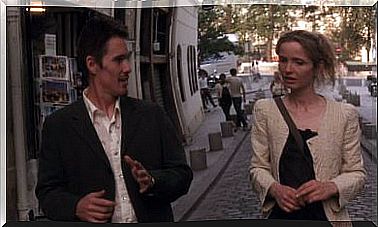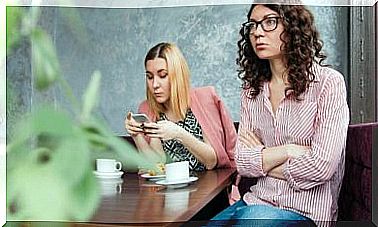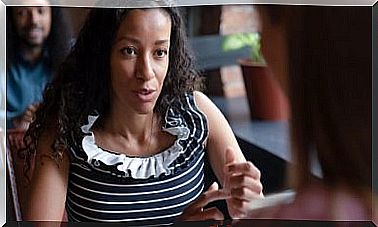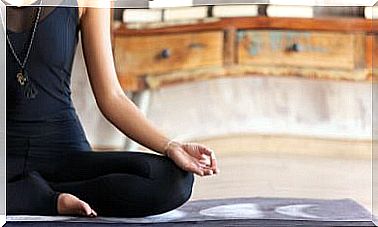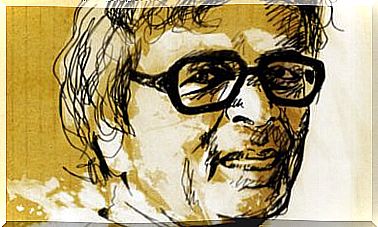Functional Diversity: A New Perspective On Disability

Disability is a condition that affects certain people. Its existence is due to multiple causes, whether related to genetics or the person’s life history. Throughout history we have come across many models that seek to explain it, in this article we will talk about the functional diversity model.
Before talking about what the concept of functional diversity means and its usefulness, it is necessary to understand the history of the concept. In this way we will get an idea of how society’s concept of people with disabilities has evolved. On this journey we meet different models: from the demonological to the modern perspective of functional diversity.
The historical principles of disability
The concept of disability has evolved with us throughout history. The cultural, medical, technological and social factors of each era have affected the definition and expectations that society has generated around it.

In the Middle Ages, disability was a punishment from the gods. It is a demonological model in which anyone who presented an alteration of normality was because he was possessed by evil or by a demon. In this society, people with disabilities were imprisoned or isolated in the best of cases, even assassinating them in order to separate them from the rest of the population and prevent the evil from spreading.
In the case of the organicist model, although its origins date back to Hippocrates and Galeano, its peak occurred in the 20th century. It is a model based on physical and organic pathology. If a person suffers a disability, it was understood that it was due to a failure in their body. From this model, these people are seen as something to be cared for and protected. They lose their autonomy and independence, with institutionalization being the only possibility of receiving care.
Modern models of functional diversity
In the postwar period, due to its multiple consequences, society faced an increase in the rate of disability, having in some way to assume the challenge of reintegration into society; here the socio-environmental model is born. His vision regards these people as social individuals destined to return to normal life. The treatment of this time is the creation of technical aids so that these people can interact with their environment in the best possible conditions.
Today we maintain a rehabilitative model of disability. In which we consider the individual as active, autonomous and independent, involved in a rehabilitation process and motivated in social participation as a full citizen. It gives great weight to the role of professionals who surround the person with a disability, but it does not focus much on the environmental factors that cause this situation of handicap.
For this reason, the perspective of the integrative model was born as a response. In this model, it is no longer focused on how we can change the person to adapt to normality. It sees disability as a functional diversity, and a possible lack of adaptation would simply be the logical consequence of a rejection by the context in which it has to develop. This model seeks to break with the favoritism of normality, emphasizing the difference and not the lack.
What is functional diversity?
The concept of functional diversity breaks with the idea that people with disabilities suffer from a disorder that disables them. Society would be the one that categorizes these individuals as people with disabilities.
The danger would not only reside in the categorization and its connotations, but and above all in the fact that it would be precisely society itself that imposes those conditions to which the person with a disability cannot adapt. This is a constructivist idea, easy to understand through the following statement: if everyone was blind, being blind would not pose any problem: society would adapt the context to blindness.
Society is the one that excludes individuals with functional diversity and takes them out of “normality” by not creating products, resources or tools accessible to them. This exclusion has a certain pragmatism because it is more comfortable to take into account the majority than to think about the universality of the population. But by doing this we endow individuals with disabling disorders who would not have to suffer from it.

Universal design
This is where the idea of universal design was born, a term coined by the architect Ronald L. Mace. In which it is sought to imply that the creation of products should not be done thinking of a “normal” majority and then adapt it to others. When designing our world we should take into account the totality of existing individuals.
Universal Design is made up of seven basic principles:
- Equitable use: it must be able to be used by people with different abilities or capacities.
- Flexibility: the design must accommodate a wide range of people with different tastes and abilities.
- Simple use: the mode of use should be easy to understand and learn.
- Perceptible information: the design communicates the information needed effectively for its use.
- Tolerance for error: the design minimizes possible incidents by chance and unintended adverse consequences.
- Minimal physical exertion: it must be able to be used effectively in a comfortable way with a minimum of fatigue.
- Appropriate size: it must be an appropriate size for its approach, use and reach.
At present, we are far from the fact that the bulk of the population understands what functional diversity means. But walking towards that utopia of universal design can help us eliminate disability from the world. Something that would facilitate a considerable improvement in the quality of life for many people currently excluded from an autonomous and independent life.
